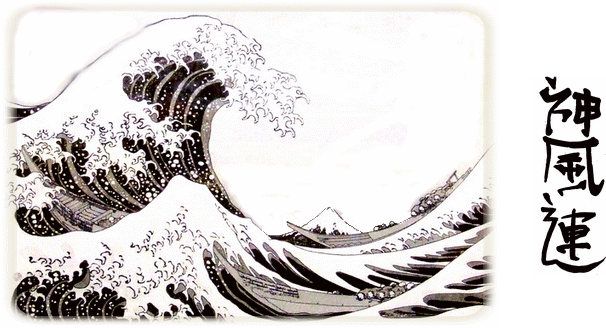History of Shinpu-Ren Karate

History of Shinpu-Ren Karate
The system
Shinpu-Ren originated as an Okinawan hard style Karate. What sets it apart from other hard styles is that it incorporated the high aerial kicks and combat techniques of the Korean arts, as well as the ground fighting skills of the mixed Martial Arts.
The system was introduced to the US in 1959 by Master (Soke) Yoichi Nakachi. Nakachi taught Shinpu-Ren in Seattle, WA until 1963. However, in 1963, he changed the name of Shinpu-Ren to Nippon Kenpo Butokukan. In 1965 Master Nakachi returned to Japan leaving behind his legacy of Karate. Master Nakachi died in 1998.
The system name of Shinpu-Ren was re-established when Hanshi Vance Steele, who had originally trained in ShinPu-Ren; separated himself from the Butokukan system. He opened his own school and established the Christian Martial Arts Association. Hanshi Steele took his original training in the Shinpu-Ren system, combined with training he had received under other Masters, refined the forms, and developed it into a highly effective system of martial arts and defense. Hanshi Vance retired from teaching and turned over the direction of the system to his highest ranking student, Hanshi John Kraemer in Aberdeen WA. In 2019 Hanshi Kraemer retired and turned the management of the system over to Hanshi James Morris as the Head Instructor for the system.
With numerous experiences and testimony from students past, ShinPu-Ren has been proven time and again on the street, in school and at home to resolve altercations and has even saved lives. Shinpu-Ren incorporates techniques from numerous martial arts to teach the fundamental concepts and principles that are essential at varying ranges of conflict.
History of the Name Shinpu-Ren Karate
Shinpu-Ren is divided into three kanji characters. Shin in Japanese translates as mind/heart or continuous, it can also translate as Kami, meaning "of God" “Deity” or "divine". The character for Pu means prefecture. In kanji text it will translate as “Haya” or called "kaze" meaning "wind" the final Kanji Ren, translates as “Speed” also "exercise, train, or practice".
Therefore Shinpu-Ren translates from Japanese as "Gods Wind and Speed"
.The name Shinpu-Ren is commonly associated with various major events in Japanese history; for example, the first Mongol invasion in November 1274 and the second invasion of 1281. Both were staged by Kublai Khan, the grandson of Genghis Khan. Both of these invasions were met with severe storms. The first invaders were forced to turn back, and the second group encountered a massive typhoon, sinking or beaching war ships, and killing thousands of Mongol troops. These storms were called the Kamikaze (Divine Wind) and were believed to have been delivered by the sun-goddess Amaterasu, bestowing favor, and demonstrating protection from heaven on Japan.
Another event relative to the name Shinpu-Ren involved a political uprising in 1876 among the old traditional Okinawans, particularly those from the Shizoka class which included the Samurai. Massive changes in the Meji government, and traditional culture were not well received. This was a revolt against modernization and Westernization. This rebellion met with defeat and ended in the ritual suicide for the remaining participants. This sacrifice was for them, considered one of respect for their traditional culture and way of life.
It is unknown as to the actual relevance placed on the name of the Shinpu-Ren system by the Yun Pon Gun, the founder. It is only said that it was commonly heard among the students at Kushimoto.